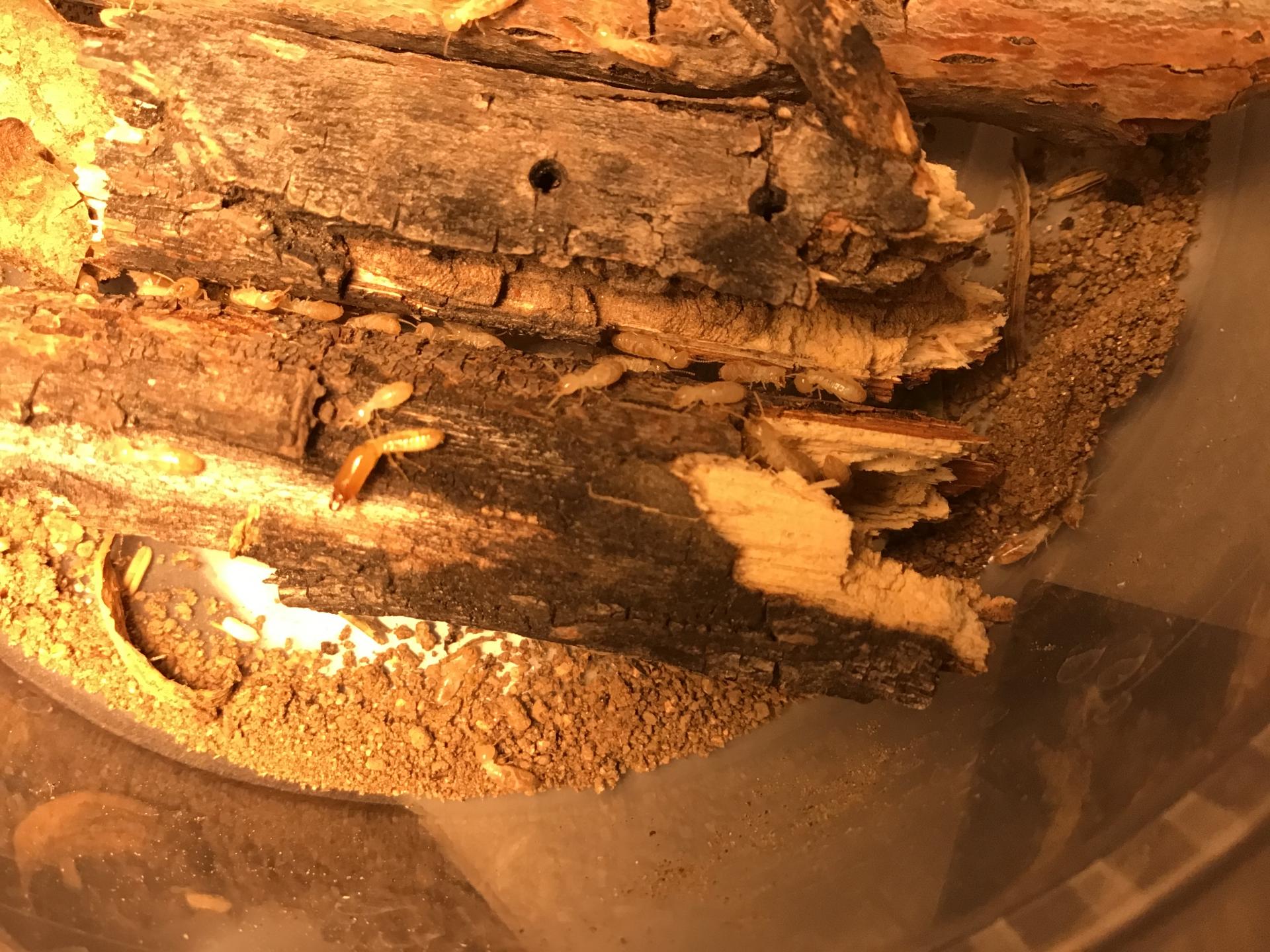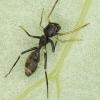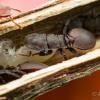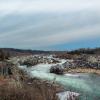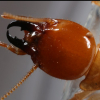Did you just edit your previous Incisitermes minor identification into Reticulitermes?
I did, due to re-evaluation. The soldiers weren't my main focus at first, as I was looking for a drywood termite species first, which the only species there is in CA is Incisitermes minor, but upon relooking at his photo, it was pretty evident that it does not have the blackening of the mandible, nor the head shape.
I thought you said reticulitermes nest 30 ft underground? (On a different post) so how should I go about caring for them?
Reticulitermes often end up making new colonies via budding, so the nymphs will molt into secondary kings and queens. Think of it like a tree, the queen lives at the trunk 30ish ft underground (in mature colonies) and the workers branch to the top to find food, if a branch breaks off, then those workers will start a secondary reproductive system to keep them alive (but if they reconnect, I have no clue what happens as that's not been very well observed🤷♂️).
As for caring for them, they need moist soil, and wood debri. You can put them in a container with a lid, water the soil a bit, add the wood, then the termites and let them sit for a couple months, come back and you'll have secondary reproductive and they'll start laying eggs, etc. Though if you want to see them, I use Plaster nests with a bit of soil/cellulose powder mix filled in all the chambers except the one they are in. Also, make the chambers shallow and close to the plastic/glass so you can see their activity!
